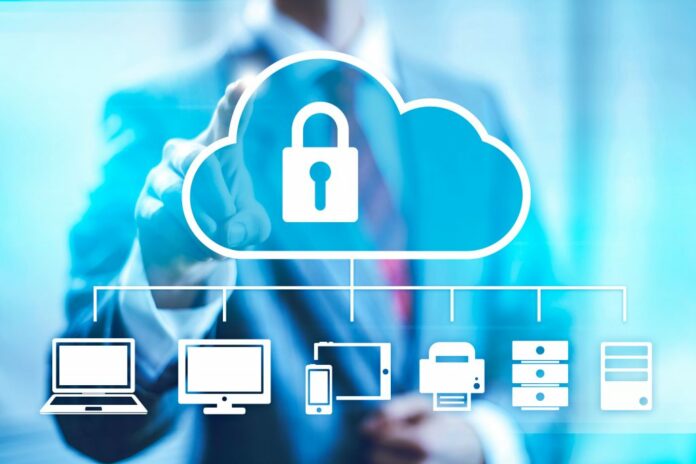The mass movement to work from home has introduced a variety of new security concerns, says, Kon Leong, CEO of ZL Technologies.
The recent lockdown has artificially induced several cultural changes among mankind: work from home among IT industry workers, e-learning among students and online money transactions are few amongst many. With the increased dependence on internet and cloud, the need for security measures and data management have also increased rapidly.
Data security breach in an organization can be because of internal threats that may already be authenticated and authorized to operate within the system. Analyzing data as well as who has access to it can help pin down who the bad actors might be, but it is difficult since data can be in silos.
Regulations such as Europe’s GDPR (General Data Protection Regulation) and the CCPA (California Consumer Privacy Act), treat data as data regardless of silos, and can compel organizations to make data available in one location and easily deleted on command.
With the increase in data usage, COVID-19 have accelerated cloud adoption too. Cloud can meet unexpected needs to scale and pivot, “Most organizations are operating in a hybrid mode, with infrastructure and services running in multiple clouds. This can include private clouds, SaaS apps, Amazon Web Services, Microsoft Azure, and Google Cloud Platform,” says Wendy Pfeiffer, CIO of Nutanix.
Experts say it is easier to declare standards within the IT environment to operate in line to the standards to maintain control and security. But under quarantines, it is difficult to control performance and security. If everyone suddenly moves to work from home, then we no longer control the devices people use to access the network, it can lead to mixed environments that can include consumer technology made up of whatever is on hand in the user’s home.
For example, employees might connect to their corporate network through public internet access, over mobile phones, or even on gaming computers. And since there is higher ease found in the use of consumer applications, it could put pressure on enterprise IT to offer such capabilities for their personal devices.
Remote operations through the cloud will have security tradeoffs and hence we need better remote infrastructure. Global networks already see increased demand, which is not likely to change and there will be a need to increase network capacity on all fronts, including out to the edge.
The benefits of cloud migration and software-defined resources are hard to ignore, so adapting and efficiently handling the data and the cloud is the key for transformation.

